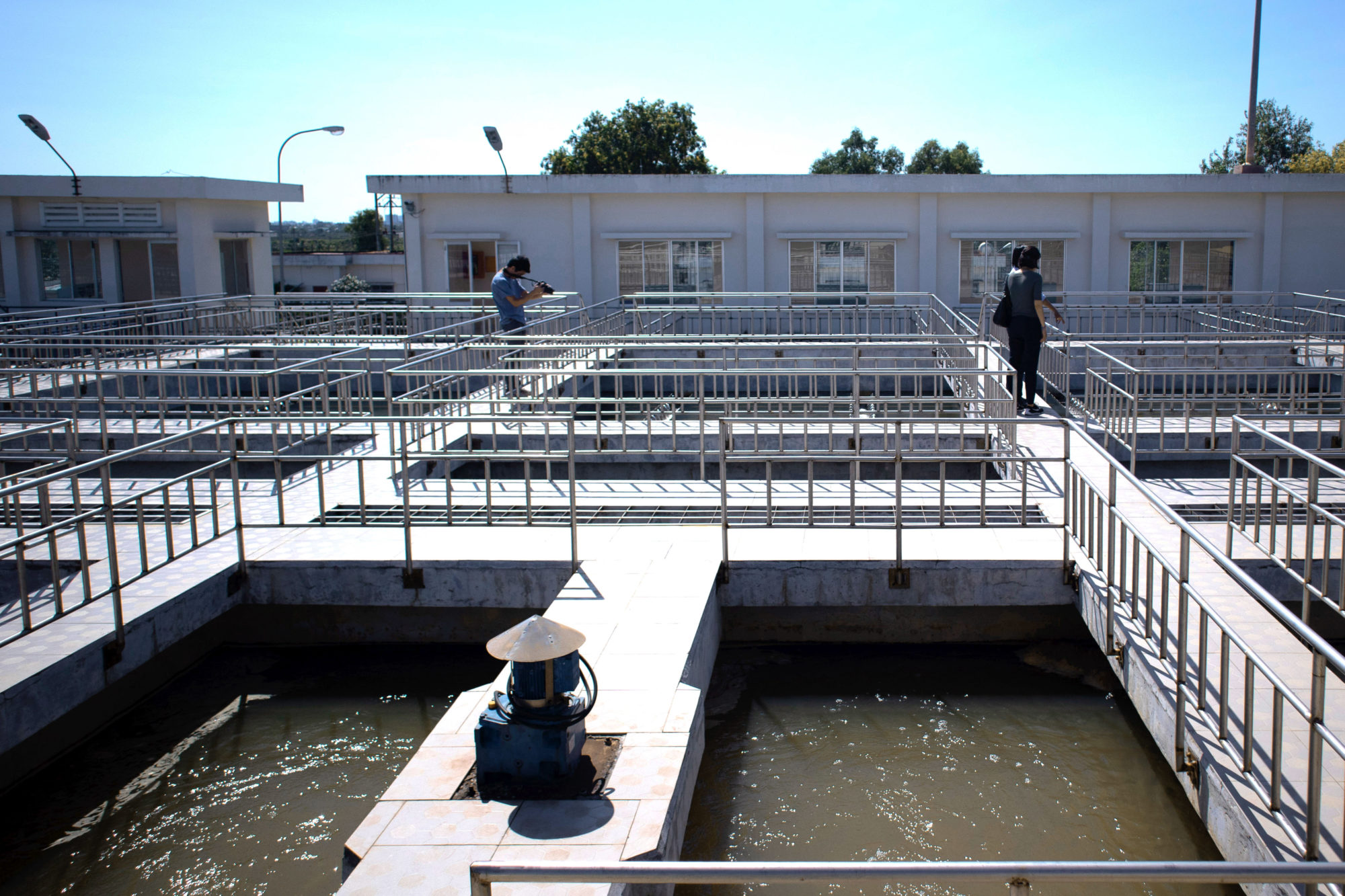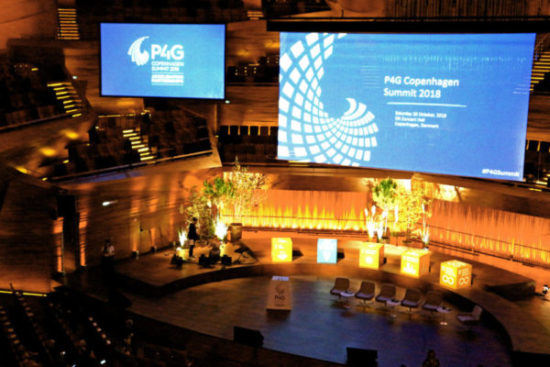NEWS RELEASE
(from Partnering for Green Growth and the Global Goals 2030 — P4G)
Ho Chi Minh City—8 May 19—Vietnam has set a target of 100% clean water coverage to all of its urban areas by 2025. To achieve this target, the 79 municipal water supply companies in the country will need additional investments in infrastructure and technology to improve optimization.
One important area of focus is reducing non-revenue water in half by 2025—from 30% to 15%. Non- revenue water (NRW) is the difference between the amount of water that flows through distribution systems and the amount of water billed to customers. When water companies reduce NRW they have greater financial resources and lower operational costs. The World Bank estimates that commercial water losses in developing countries to represent US$ 2.6 billion annually.
A new study that examined the operations of four Vietnam water supply companies found that investing in pressure management technology provides enough savings in energy costs and water leakage over a five-year period that the investment could be made through conventional financing rather than requiring public financing, loans or international grants. Pressure management in a water distribution system reduces leak flows, pipe bursts and repair and maintenance costs, while also resulting in fewer customer complaints and service calls.
Funded by P4G, the Partnering for Green Growth and the Goal Goals 2030 initiative, the study was led by the Asia Society for Social Improvement and Sustainable Transformation (ASSIST) in partnership with the Vietnam Water Supply and Sewage Association (VWSA), Grundfos, a global water solutions company based in Denmark, and the Danish Investment Fund for Developing Countries (IFU). Vietnam is one of the nine partner countries that participate in P4G, a new global initiative that funds public-private partnerships with innovative solutions to drive sustainable development and green growth.
“This study demonstrated a market-based solution for water supply companies in Vietnam that if implemented widely would offer significant operational and financial benefits for many of the water supply companies in Vietnam,” said Aru David, ASSIST Global Director, Private Sector Partnership. “Given the below-market rate of water and low cost of electricity in Vietnam, we had expected that the payback on the pressure management would take longer and require financing through grants and loans. However, what we found is that in developing countries where water and electricity pricing are higher, the payback could be as fast as three years.”
The study assessed the potential water, energy and cost saving for four different water networks in Vietnam:
- – Tri Phuong Water Plant, Bac Ninh’s Center for Clean Water and Environmental Sanitation;
- – Quang Tri Town Pump Station, Quang Tri Water Supply Joint Stock Company;
- – Quang Tri River Pump Station, Quang Tri Water Supply Joint Stock Company; and
- – Ca Giang Water Plant, Binh Hiep Joint Stock Company
With exception of Quang Tri River Pump Station, the study found the investment in pressure management technology would recover costs in a five-year period. This payback period enables conventional water savings finance to be viable for these utilities, rather than requiring additional concessional finance.
“The study in Vietnam has proven how sustainable water solutions can be financially attractive also in developing countries,” said Ask Møller-Nielsen, Senior Manager, Head of Group Public Affairs at Grundfos. “Non-revenue water is an enormous waste in most countries, and the partnership has shown that solutions that save valuable water for the local communities can be implemented as an attractive investment. This study is interesting for Vietnam but also an inspiration for other countries in the world. As a water company, it is important for us to be part of partnerships that make an environmental difference but with a benefit for all partners – public and private.”
The study notes that reducing NRW also often involves more costly investments in new piping and other infrastructure, which would require greater investment resources, such as from concessional sources of public financing, or public-private financing mechanisms known as blended financing.
“This partnership has created valuable knowledge that can guide investments to support the growth needs of Vietnam’s water sector. Additionally, this study sets the direction for other countries working on non-revenue water issues,” said Ian de Cruz, P4G Global Director. “If we are to accelerate progress on the Sustainable Development Goals, we need public-private partnerships to develop solutions that can lead to market investment as in the case of this project.”
The Vietnam Chamber of Commerce and Industry and the Vietnam Ministry of Planning and Investment launched their P4G National Platform in July 2018 at the National Conference on Sustainable Development, emphasizing Vietnam’s commitment to green growth. At the conference, Vietnam discussed the importance of advancing public-private partnerships and improving productivity and
competition to affect sustainable growth. Vietnam currently hosts P4G partnerships that focus on improving investment in water infrastructure, promoting efficient energy consumption, and implementing circular economy principles in Vietnam’s booming manufacturing sector.
About P4G
P4G – Partnering for Green Growth and the Global Goals 2030 – is currently funding and facilitating 24 public-private partnerships. These include projects to accelerate the adoption of electric buses in Latin America, expand the supply of renewable energy in Sub-Sahara Africa, reduce food loss and waste in Indonesia and reduce plastic and packaging waste from e-commerce in China. P4G is a collaborative partnership among nine partner countries: Chile, Colombia, Denmark, Ethiopia, Kenya, Mexico, the Netherlands, the Republic of Korea and Vietnam. In addition, C40, World Economic Forum, Global Green Growth Institute, IFC and World Resources Institute, which hosts P4G’s global hub, are partner organizations to P4G.
#


